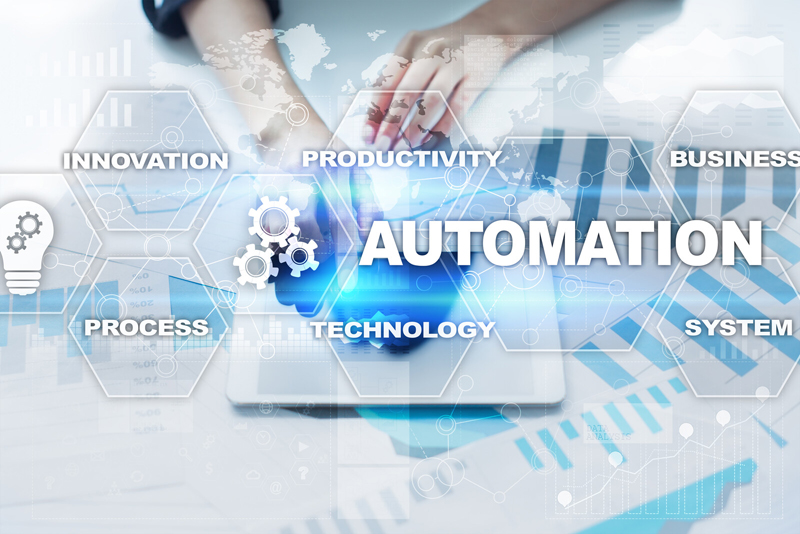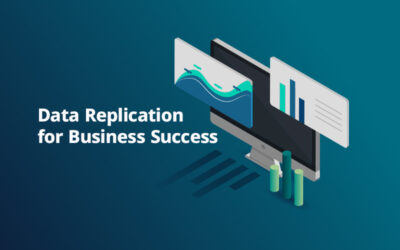Data is no longer restricted to just technological companies. Diverse business processes or sectors ranging from insurance, restaurants, and product management companies are now using data to improve their marketing strategies, enhance customer experience and understand business trends or just collect insights on user data. The growth of new technological trends has led most businesses to look for smart ways to efficiently analyze data. Increasing amounts of data in the rapidly expanding technological world of today makes the analysis of it much more exciting. Organized, error-free data is the key to accelerating the growth of a business, but unfortunately, maintaining data on a daily business can be tiresome. Using data processing services to handle the diverse data entry and analytics needs has become a common practice. In fact, automation has become a big buzzword in the business world. Automated systems play an important role in digital transformation, enabling organizations to optimize business processes and enhance operational efficiency.
When the new trend of automation moved to the forefront of most industries, many businesses were reluctant to implement this new technology. Instead of focusing on the vast benefits of utilizing automation for business process improvement, business leaders feared change and employees worried about losing their jobs. However, with the advances in automation technology trends, buzz words like hyper-automation are growing, meaning that businesses are now shifting their practices towards creating “people-centric” smart workplaces. This technological change has led to a new era for business operations that rely on technology and automation tools to maintain a competitive edge. The power of hyper automation is so great that Gartner has named it as one of the Top 10 Technology trends for 2020.
What is Hyper Automation and Related Benefits?
Generally, hyper automation brings together several components of process automation, integrating tools and technologies that intensify the ability to work. According to definition by Gartner, hyper automation involves the application of advanced technologies, like Artificial Intelligence (AI) and Machine Learning (MI) to automate processes. The process starts with robotic process automation (RPA) at its core, and expands automation capability with artificial intelligence (AI), process mining, analytics, and other advanced tools.
In simple terms, hyper-automation refers to the mixture of automation technologies that exist to augment and expand human capabilities. The basic idea is to automate more and more knowledge work and engage everyone in an organization to be part of the transformation.
Gartner says that multiple tools are needed to replace the work that a human can do, and thus hyper automation combines all the automation efforts under a single umbrella. While considering the benefits of this technology this technology will allow your workforce to be educated with the latest business and marketplace information so that they can perform their roles optimally. Rather than being bogged down by low-level, repetitive tasks, your workforce will remain engaged with their jobs as they seek to resolve problems and provide creative solutions. Businesses can benefit immensely from hyper automation in following ways –
- Automated business processes
- Advanced analytics
- Instant and accurate insights
- Increased team collaboration
- Increased employee satisfaction and motivation
- High workforce engagement capability
- Greater productivity
- Greater compliance and reduced risk
- An educated workforce
How is Hyper-automation Different from Regular Automation?
When we first think about the term automation, terms like robotic process automation come across our mind. However, hyper automation considers an ecosystem of technologically advanced tools and combines them to create a new way to work. With this technology, low value tasks are optimally performed with automation tools, machine learning and advanced artificial intelligence so that outputs can be produced automatically and run efficiently with reduced human intervention. It can create a workplace that is always informed, agile and able to use data and insights for quick and accurate decision-making.
Hyper-automation does not just refer to implementing tools to manage tasks. The technology requires increased collaboration with humans, as well. This is because humans are vital decision-makers and can use the technology to interpret data and apply logic. For instance, if we take the example of social media and customer retention, a business can rely on tools that leverage RPA and machine learning to produce reports and pull data from social platforms to attain customer responses. As such, reports will be generated, and there will be information readily available for the marketing team. However, the marketing team must use these insights to decide what type of campaigns, promotions and incentives are required to incorporate into a business plan to create a satisfied customer base.
Components of Hyper – automation
There are three fundamental components of hyper-automation –
- Robotic process automation – This type includes -repetitive processes that display rigid patterns and limited boundary conditions such as travel expense, employee on-boarding, quote-to-cash and loan processing. For these processes, RPA delivers substantial improvement in employee productivity, impacts cost and shows a dramatic reduction in error rates. This improves customer satisfaction and reduces the time and cost associated with rework.
- Analytics – When added to RPA, analytics acts as a catalyst for intelligence. Analytics can differentiate patterns in structured and unstructured content (emails, chat records, voice files, images and video). It can expose frauds like fake medical claims and deliver fresh insights to aid decision-making. These influence future investments in the type of content to store and analyze.
- Cognitive process automation – Cognitive process automation system dynamically adjusts rules to curate and generate complex content. These include the automatic creation of financial reporting, legal submissions and regulatory compliance. The key feature is the acceleration of complex content creation and the ability of the system to answer complex questions.
How is Hyper – Automation Important for Enterprises in 2020?
A research firm “Forrester” in their new report, “Predictions 2020: Automation” suggest that about 1 million knowledge-work jobs will be replaced in 2020 by software robotics, RPA, virtual agents and chat bots, and machine-learning-based decision management. Data analytics and cognitive technologies are feeding RPA with the intelligence which is revolutionizing software automation in industries.
As mentioned above, hyper automation offers a lot of benefits to the business by giving access to collaborative intelligence where humans and technology work alongside so that they can perform their roles optimally. As this technology frees employees from performing repetitive tasks, they can be educated to work with automation tools and learn the latest business and marketplace information through machine learning. In addition, the technology also teaches how to interpret AI-enabled decision-making, find creative solutions to resolve problems and get more engaged with their jobs.
If correctly implemented into your business pattern, hyper automation will help reduce human effort by doing a lot of work within limited time, reduce the risk of errors (as machines are calibrated for improved precision), improve the quality of jobs by eliminating deadly, and exhausting human processes leading to increased productivity and higher output.
However, before implementation of hyper automation technology, businesses must really analyze and identify areas and processes where automation is really required. They must make a business plan and estimate the return on investment, and train existing personnel’s to make the most of automation process. By implementing and leveraging new technologies, businesses can reduce risk and enjoy profitability.
Automation does not mean the end of human resource jobs; rather, it will focus more on value-based roles. Providers of data conversion services understand that machine learning helps businesses stay abreast with competitors. Machine learning algorithms can more efficiently identify data patterns and trends and generate different scenarios. This technology can increase productivity, save time and reduce costs. It also makes data entry services effortless by eliminating possible human errors. The application is very useful to all leading content management solutions, healthcare organizations, pharmaceutical companies running clinical trials, law firms, insurance companies, remote sales offices, and any other industry that processes a large number of forms every day.




